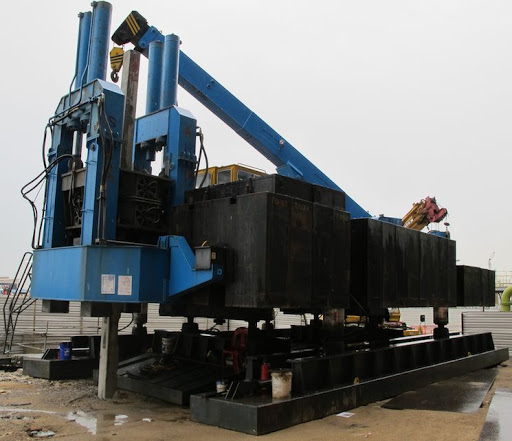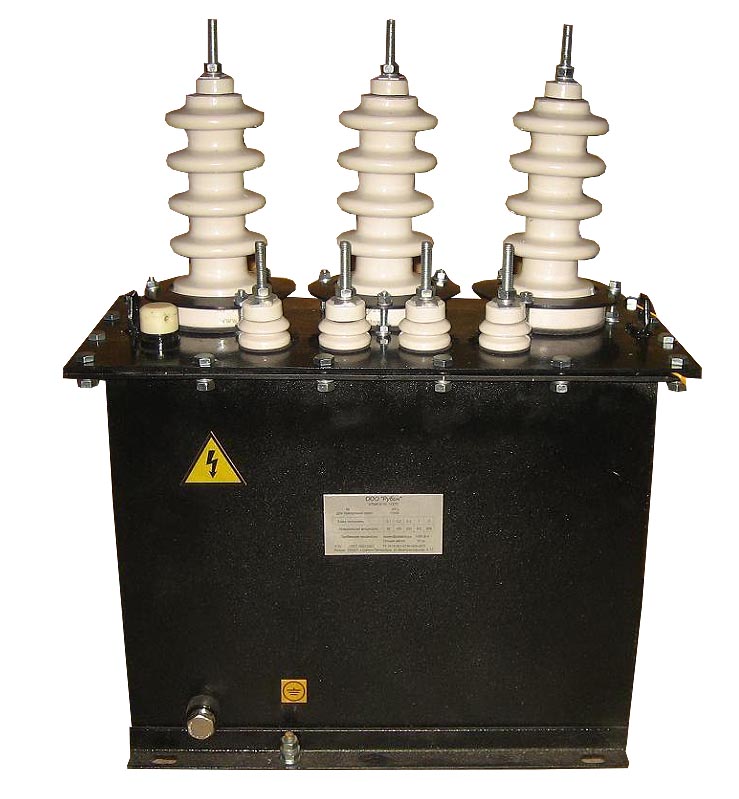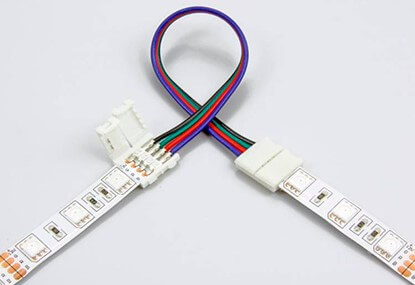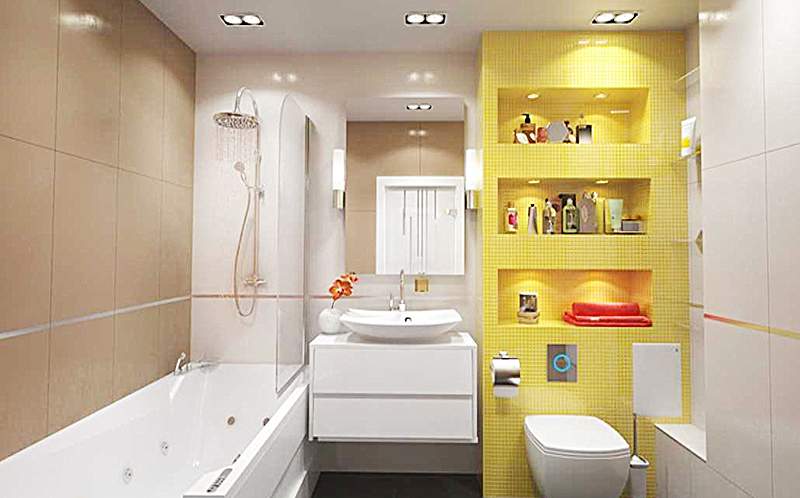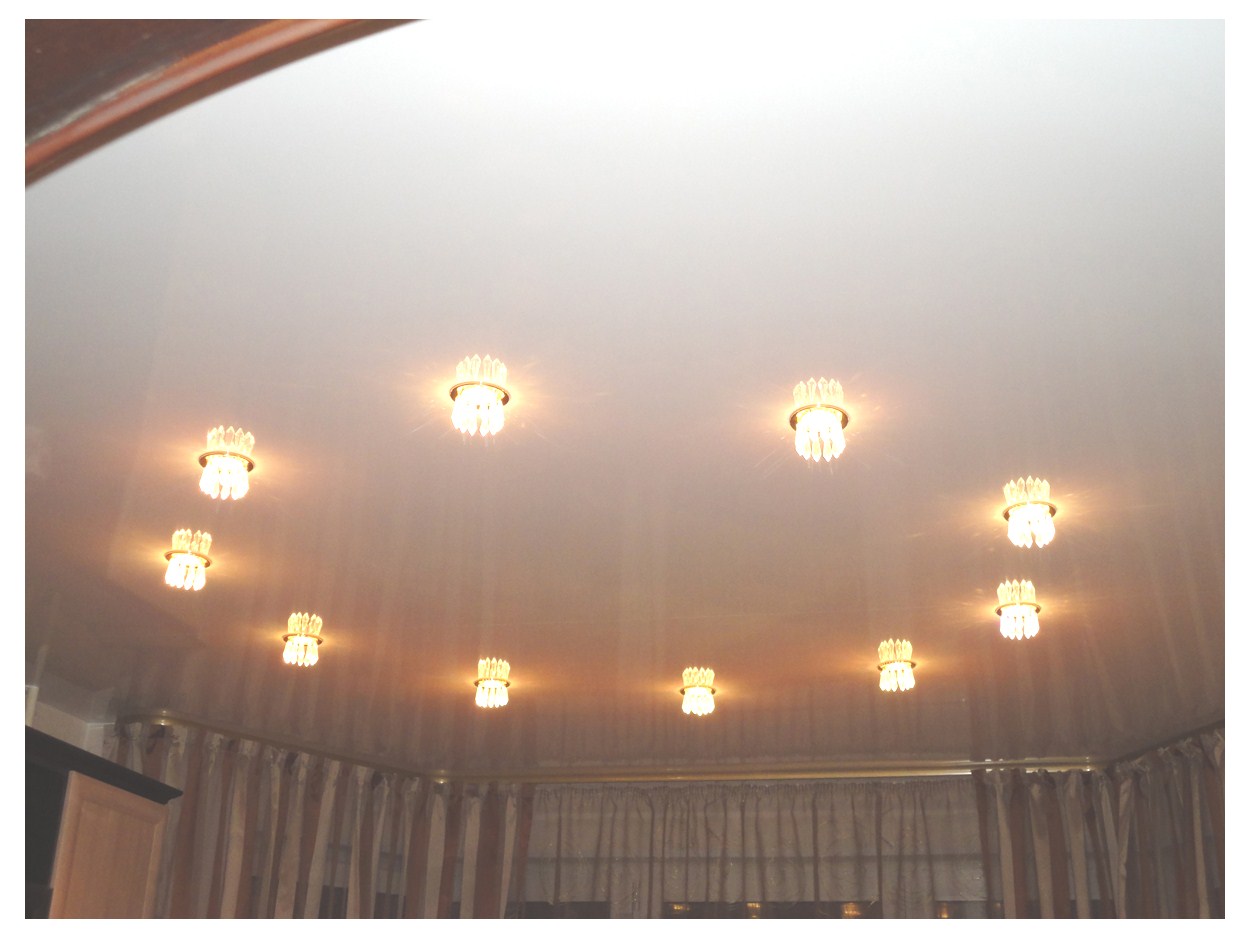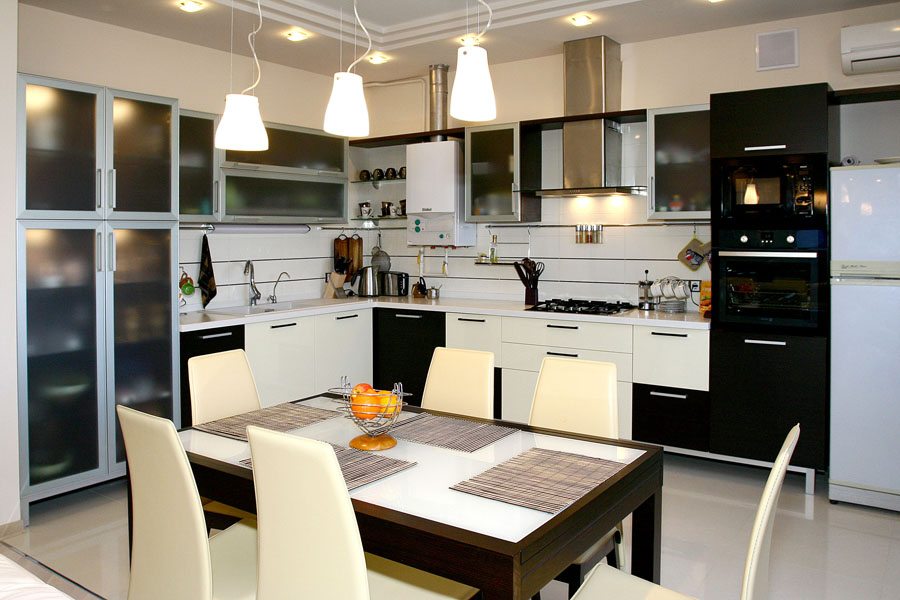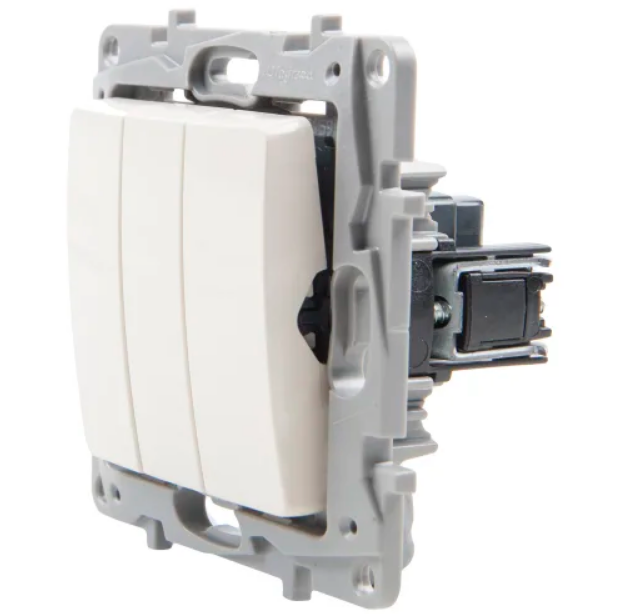To ensure maximum security for private households and control the operation of lamps and lamps in entrances and on the streets, it is important to know how to set up a motion sensor and create conditions for accurate operation of the device. Activities aimed at these tasks include the correct installation of the device and the setting of relevant parameters.
Accommodation rules
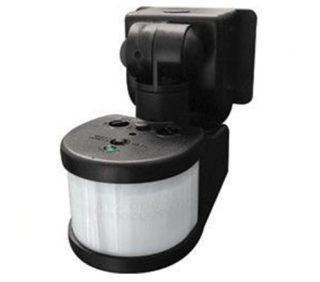
To optimize the adjustment of the motion sensor (DD), it is important to choose the correct installation location for the device in the room. Place the sensor in the area where people and large animals often pass. This rule applies not only to devices placed inside an apartment or house, but also to structures that observe the space outside. This approach, in addition to increasing the efficiency of the DD operation, will save more electricity.
According to the criterion of placement, sensors are divided into ceiling and wall. At the same time, the principle of operation for devices of the two groups does not differ. However, it is better to install the ceiling option in a small room at a sufficiently high height (2.5-3 m, if the dimensions allow) - then the greatest efficiency will come out of its use. Such models can cover up to 20 meters.
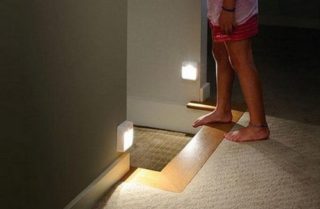
Wall-mounted options are mounted both indoors and outdoors. In the latter case, the device must be placed so that it is directed to places of greatest movement or crowds of people. In rooms, wall models are hung at a height of 2 m. It is advisable to place the DD in the corner of the room - this provides the best view. The maximum distance to an object, upon detection of which the sensor can be switched on, is a variable parameter and depends on the model. Scattering beams over large areas increases the likelihood of false alarms.
When placing DD, lighting devices must be removed from the field of view - they can create visual distortions; and heating ones due to the high sensitivity of the sensor to the movement of air flows. Place the device so that no objects obstruct the view.
How the detector can be adjusted
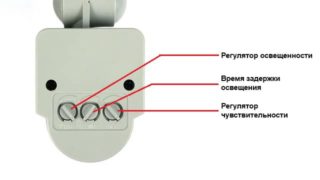
Models of sensors released on the modern market are equipped with regulators, with the help of which the user sets the activation parameters. You can manually adjust the lighting level, sensitivity and turn-off delay period. The angle of installation must be adjusted during operation. Older device models have only two of these controls, and when using such a device, it is recommended to purchase a light indicator additionally.
Settings
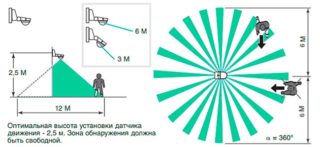
Saving energy is one of the main reasons why it is important to properly set up the light sensor. If you turn on all the regulators correctly, you can save up to 50% of this resource. On the latest models of DD, Time controls are usually placed - a delay period after which the control unit turns off the sensor; Sens - sensitivity - determines at what disturbance of space the DD is triggered); Lux is the lighting threshold.
Installation angle
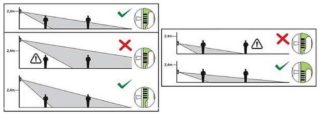
Indoors, the device is most often placed in a corner sector near the highest point.This position makes it possible to most effectively serve the area where the most intensive traffic occurs. When installed in an entrance or in a room that can be accessed from several neighboring ones, the DD is directed to where it can cover the maximum area, so that when a living creature appears in the field of view, an alert is triggered.
Outside the room, you can place the device at any height, but care should be taken to prevent objects from entering the infrared field, which are impractical to perceive, for example, tree branches.
Sensitivity
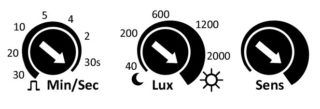
For the use of the device to bring the greatest efficiency, the user needs to know how to adjust the sensor so that it works only when it is read in the space of people. To do this, you need to set the sensitivity indicator to an intermediate indicator (not large and not small) - with this setting, the sensor will not respond to the movement of small objects. You can divide the range into zones of 45 degrees with limiters - then object recognition will be more accurate.
Decrease the sensitivity on the motion sensor
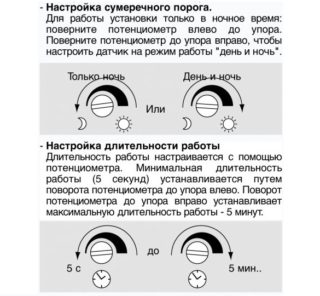
Sensitivity can be adjusted with two wide range knobs.
Illumination
This parameter is controlled by the Lux knob. If you twist the indicator to the maximum value, the DD will be falsely triggered in the daytime. The closure threshold is tied to a completely dark environment: deep night or an enclosed space without windows. You can reduce the indicator by connecting a photo relay or by purchasing an expensive sensor model with control of the shutdown delay time.
Delay time
Devices with this option have a wide range of possible values for the response speed to shutdowns (from 1 to 600 seconds), and the user can set the time according to his wishes. Experts advise making it equal to one minute.
After the initial use of the device, the delay time will be slightly longer than that specified in the settings, but during the second and subsequent uses, the DD will be triggered strictly in accordance with the user settings.
Wireless motion detectors
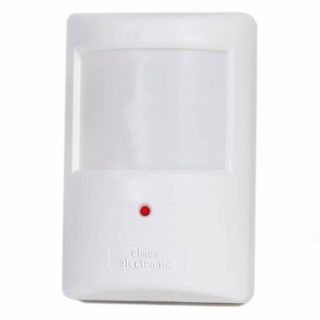
A distinctive feature of wireless devices is the ability to function without being tied to the mains. They are powered by a lithium-ion battery, a solar battery or a set of "fingers". Without additional charging, the wireless sensor can function for six months or a year. The range of DDs on sale is heterogeneous in terms of sensitivity and price.
Low-cost options are suitable only for indoor installation: they are capable of mistakenly reacting to a pet, are poorly protected from the action of street factors, and transmit a signal only over a short distance (up to 100 m). For outdoor installation, expensive models are used that work without interference in any weather. Precipitation or direct sunlight does not in any way affect the quality of the functioning of such devices. They are flexible in customization and feature an option to ignore moving objects weighing less than 40 kg to differentiate pets.
DDs are also produced, specially sharpened for the review of a limited area. Such a device is placed next to a door or window to prevent the intrusion of unauthorized people. The sensor transmits a protected radio signal to the receiving device. The transmission range, provided that there is a DD and an alarm unit in each other's field of view, can reach 500 m. A GSM mechanism is installed in the unit, and when the DD is triggered, a signal is sent to the control module that initiates the transmission of an SMS message to the owner's phone. The number is tied independently before starting the operation of the wireless DD.Such a scheme will allow you to establish tracking of a garage or other room remote from a residential building.
By taking care of the correct placement and configuration of the device before turning it on, the user will provide the best protection for the protected object and minimize the likelihood of false alarms.

